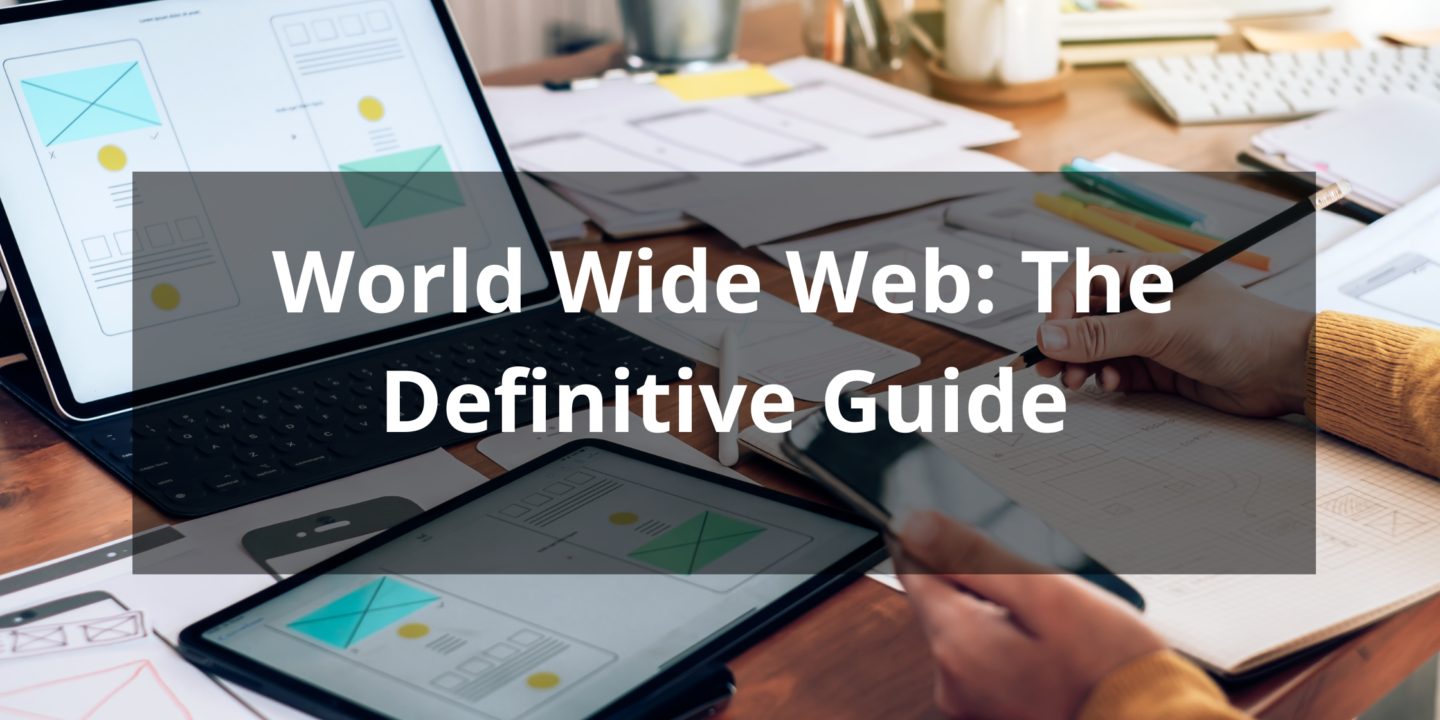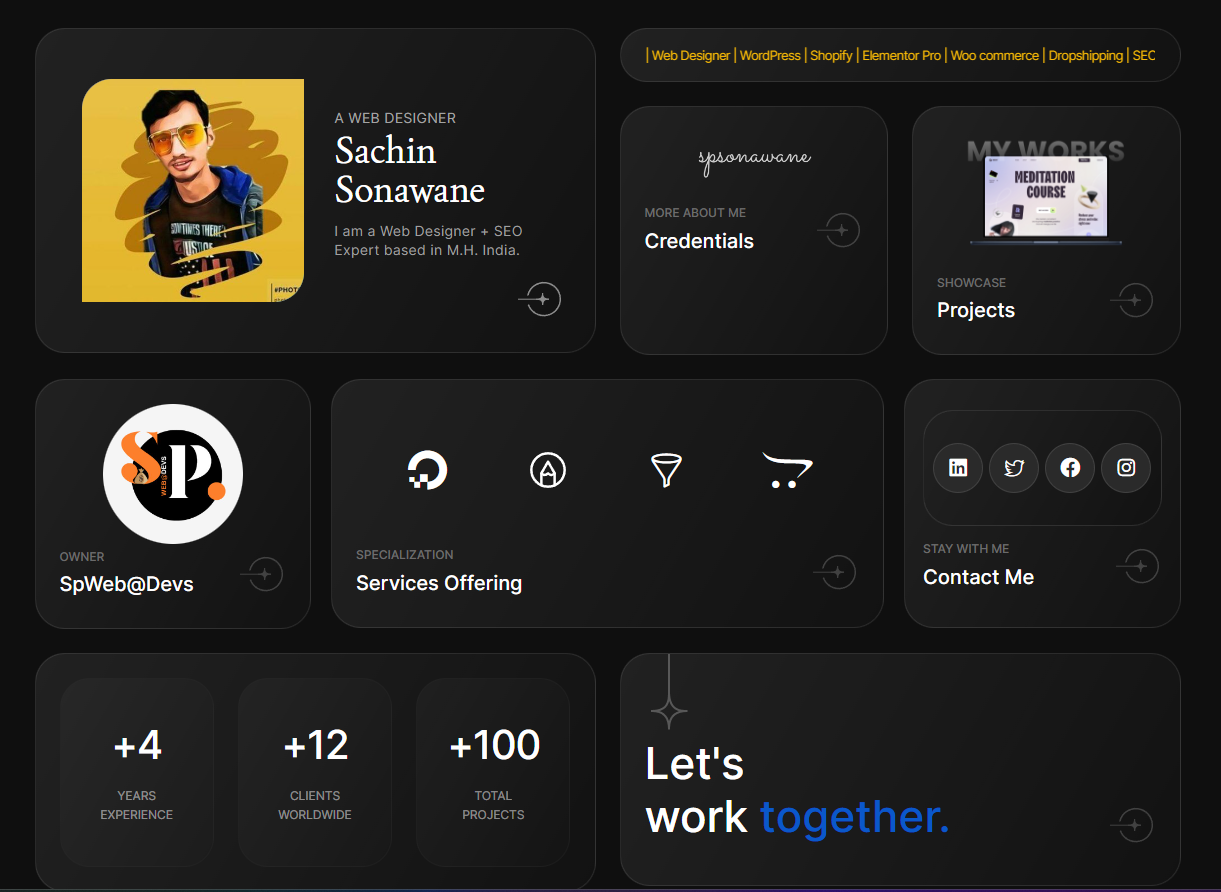- Home
- Technology
- World Wide Web: The Definitive ...

The World Wide Web (WWW), commonly known as the web, has transformed the way we access and share information, becoming an integral part of our daily lives. In this comprehensive guide, we will explore the origins, structure, key components, and the impact of the World Wide Web on communication, business, and education.
Origins of the World Wide Web:
Conceived by Sir Tim Berners-Lee in 1989, the WWW
was developed to facilitate information sharing among researchers at CERN (European Organization for Nuclear Research). By 1991, the first website was created, marking the birth of the WWW. Berners-Lee introduced the Hypertext Transfer Protocol (HTTP) and Hypertext Markup Language (HTML), laying the groundwork for the interconnected system of information we use today.Key Components of the World Wide Web:
- Web Browsers: Web browsers, such as Chrome, Firefox, and Safari, act as gateways to the World Wide Web, allowing users to access and navigate websites.
- Web Pages: Web pages are the building blocks of the WWW, containing text, images, videos, and hyperlinks that users can interact with to obtain information.
- Uniform Resource Locator (URL): URLs are web addresses that provide a standardized way to locate resources on the Internet. They consist of the protocol (e.g., http://), domain name, and specific resource path.
- Hyperlinks: Hyperlinks connect web pages, enabling seamless navigation between different parts of the web. Clicking on a hyperlink redirects users to another web page or resource.
The Structure of the World Wide Web:
The WWW
is organized into a vast network of interconnected servers and clients. Servers store and deliver web content, while clients like computers and smartphones request and display this content through web browsers. This structure facilitates the exchange of information across the globe.Impact on Communication:
The WWW has revolutionized communication, making information accessible to a global audience. Social media platforms, blogs, and forums enable individuals to connect, share ideas, and collaborate regardless of geographical boundaries. The democratization of information has empowered users to contribute to discussions and shape public discourse.
Business and E-commerce:
The World Wide Web has reshaped the business landscape, giving rise to e-commerce and online marketplaces. Companies can reach a global customer base, conduct transactions securely, and provide personalized experiences through their websites. The WWW has become a cornerstone for business development, marketing, and customer engagement.
Education and Research:
In the realm of education, the WWW has transformed the way we learn and conduct research. Online courses, educational resources, and collaborative platforms have expanded access to knowledge. Researchers can share findings, access publications, and collaborate on a global scale, accelerating the pace of discovery.
Challenges and Future Developments:
The World Wide Web, despite bringing positive changes, grapples with challenges like privacy concerns, cybersecurity threats, and misinformation spread. Ongoing developments, such as Web 3.0 implementation and advances in artificial intelligence, hold the promise of shaping the future of the WWW by introducing new possibilities and addressing existing challenges.
Conclusion:
The World Wide Web stands as a testament to human innovation, connecting people and information on an unprecedented scale. From a research tool to a dynamic platform shaping our lives, the (WWW) has evolved. This guide explores its origins, components, and impact on communication, business, and education. Understanding the WWW is crucial for harnessing its potential in the ever-changing online world.
Other Articles:
















